Author: Steve Thanos
Hard cider is a refreshing beverage that appeals to drinkers of sorts, and similar to beer, it comes in many varieties, from tart and dry to robust and sweet. One popular style as outlined by the BJCP is fruit cider, which as the name suggests, involves the addition of fruit to complement the expected apple characteristics.
When it comes to making fruited cider, one has to decide on when to add the fruit, with many opting to allow the apple juice to ferment on its own first in order to reduce yeast stress that could result in a stalled fermentation or off-flavors. However, some prefer to add the fruit to the juice up front, at the time of yeast pitch, with anecdotal reports that it has no negative impact.
Having never made a fruit cider before, I was admittedly torn as to which approach to employ on my first batch. While I trust the experiences of my fellow Brülosophy contributors who prefer post-fermentation additions, I can also see how adding fruit at yeast pitch might have some benefits. Rather than choose just one, I designed an xBmt to compare each method for myself.
| PURPOSE |
To evaluate the differences between a fruit cider where the fruit is added either before or after fermentation.
| METHODS |
Given my love of cherries, that’s the fruit I went with for this batch of hard cider.
Opinionated Overture
5 gallons/19 liters Apple Juice
4 lbs/1.8 kg Frozen Sweet Cherries
½ tsp Yeast Nutrient
1 Campden tablet
2 cans Frozen Apple Juice Concentrate
My first order of business involved running to Costco to pick up 10 gallons/38 liters of apple juice.
A hydrometer measurement of the juice indicated it was at a respectable 1.054 OG.
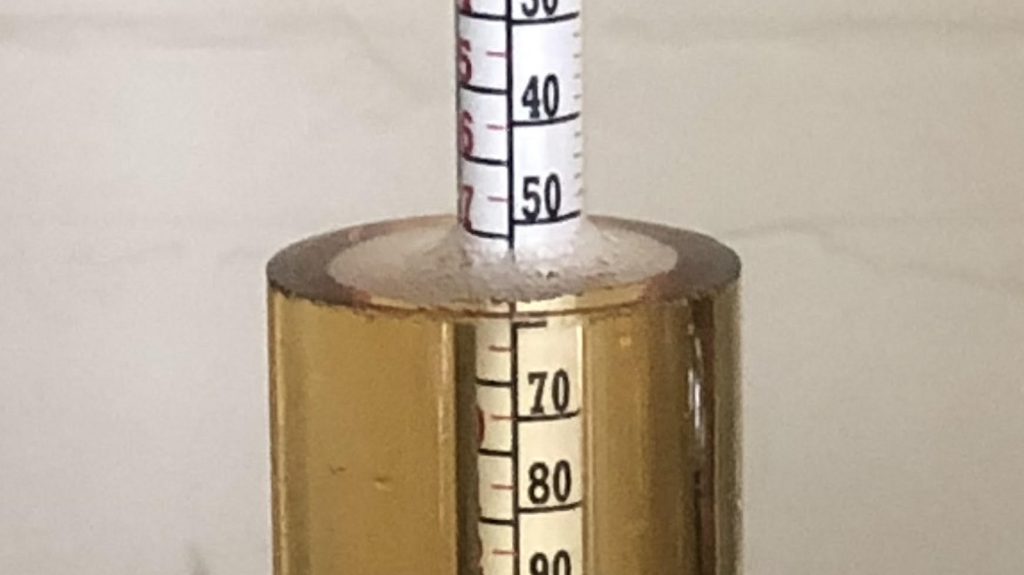
After splitting the juice between identical sanitized fermenters, I added equal amounts of yeast nutrient to each.
At this point, I defrosted and pureed 4 lbs/1.8 kg of sweet cherries before adding it to one of the filled fermenters.
A hydrometer measurement of the fruited juice showed the cherries added 0.003 SG points.
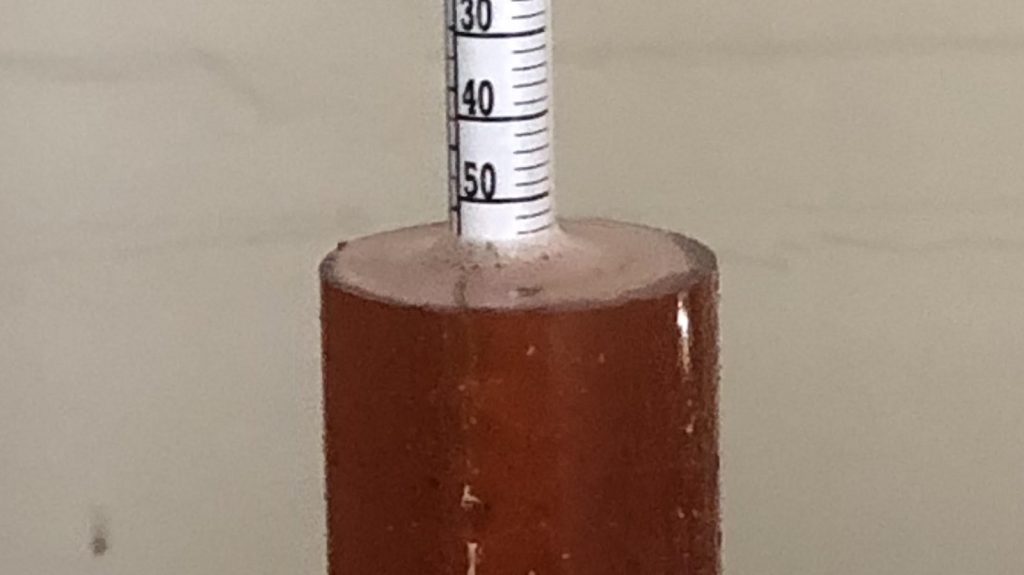
Each batch was then pitched with a pouch of Imperial Yeast A40GF Bubbles.
With signs of activity absent after 12 days of fermentation, I took hydrometer measurements showing only a slight difference in FG.
At this point, I added the same amount of defrosted and pureed sweet cherries to the second batch of cider and left both alone for another week before taking a final hydrometer measurement of the post-fermentation fruit addition batch.
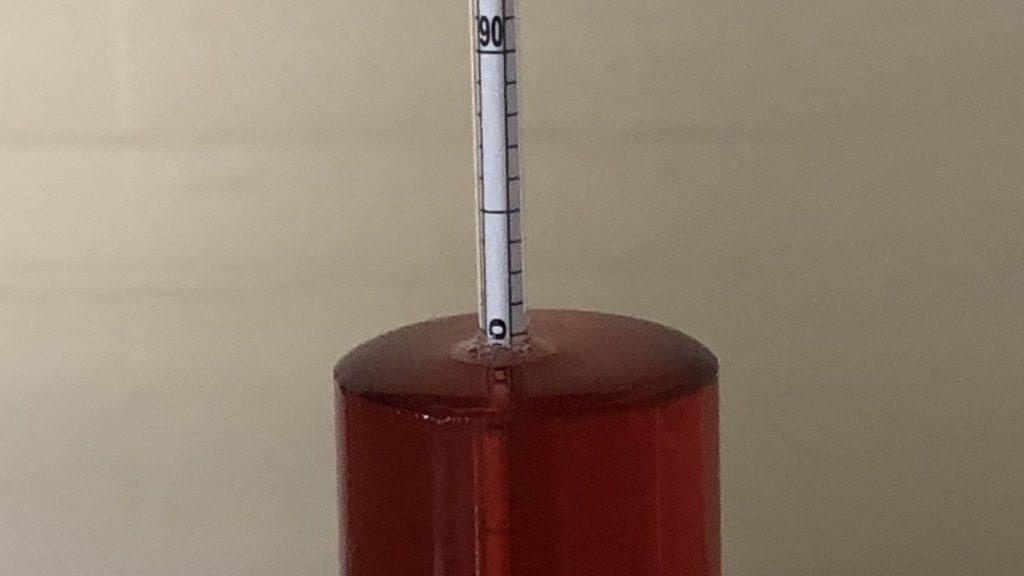
With both ciders done fermenting, I dosed each with sulfite in the form of Campden tablets in preparation for back-sweetening.
The following day, I added 2 cans of apple juice concentrate to sanitized kegs before transferring the ciders into each.
The filled kegs were placed in my keezer where they were left on gas to carbonate for 2 weeks before they were ready to serve to tasters.

| RESULTS |
A total of 20 people of varying levels of experience participated in this xBmt. Each participant was served 2 samples of the cider where fruit was added prior to fermentation and 1 sample of the cider where fruit was added after fermentation in different colored opaque cups then asked to identify the unique sample. While 11 tasters (p<0.05) would have had to accurately identify the unique sample in order to reach statistical significance, 18 did (p=0.00000023), indicating participants in this xBmt were able to reliably distinguish Cherry Hard Cider where the fruit was added at yeast pitch from one where the fruit was added after the apple juice had fermented.
The 18 participants who made the accurate selection on the triangle test were instructed to complete a brief preference survey comparing only the beers that were different. A total of 7 tasters reported preferring the cider where cherries were added at yeast pitch, 9 said they liked the beer made with a post-fermentation fruit addition, and 2 had no preference despite noticing a difference.
My Impressions: Out of the 5 semi-blind triangle tests I attempted, I correctly identified the unique sample every time. I felt the cider with fruit added prior to fermentation had a clean cherry aroma and flavor with a crisp mouthfeel that made it very drinkable, while the batch where the cherries were added after fermentation was notably thicker and sweeter. Both ciders were good, but I definitely preferred the pre-fermentation fruit addition batch.
| DISCUSSION |
Not only does fruit cider serve as a delightful alternative for beer drinkers looking for something new to sip on as well as those who may not enjoy beer, but it’s quite easy to make. While it seems most common for cider makers to add fruit once the juice has fully fermented, others claim that pre-fermentation fruit additions result in noticeably different overall characteristics. Indeed, tasters in this xBmt were able to reliably distinguish Cherry Hard Cider where the fruit was added at yeast pitch from one where the fruit was added after the apple juice had fermented.
In addition to a large majority of tasters being able to tell these ciders apart, they looked drastically different, which is made all the more surprising considering the fruit was allowed to ferment out in each, and both batches finished at a similar SG. These results seem to suggest that the point at which fruit, or more specifically sweet cherries, are added to cider can have a rather noticeable impact on perceptible characteristics.
It may very well be that cherries react differently than other fruits when added at different points in the fermentation process, but the fact neither tasters nor I noted any off-flavors in the batch with fruit added at yeast pitch suggests to me there were no issues with fermentation. Moreover, while I certainly look forward to further experimentation on this topic, I had a strong preference for the batch with cherries added prior to fermentation and will continue with that approach in future batches of fruit cider.
If you have any thoughts about this xBmt, please do not hesitate to share in the comments section below!
Support Brülosophy In Style!
All designs are available in various colors and sizes on Amazon!
Follow Brülosophy on:
FACEBOOK | TWITTER | INSTAGRAM
If you enjoy this stuff and feel compelled to support Brulosophy.com, please check out the Support page for details on how you can very easily do so. Thanks!


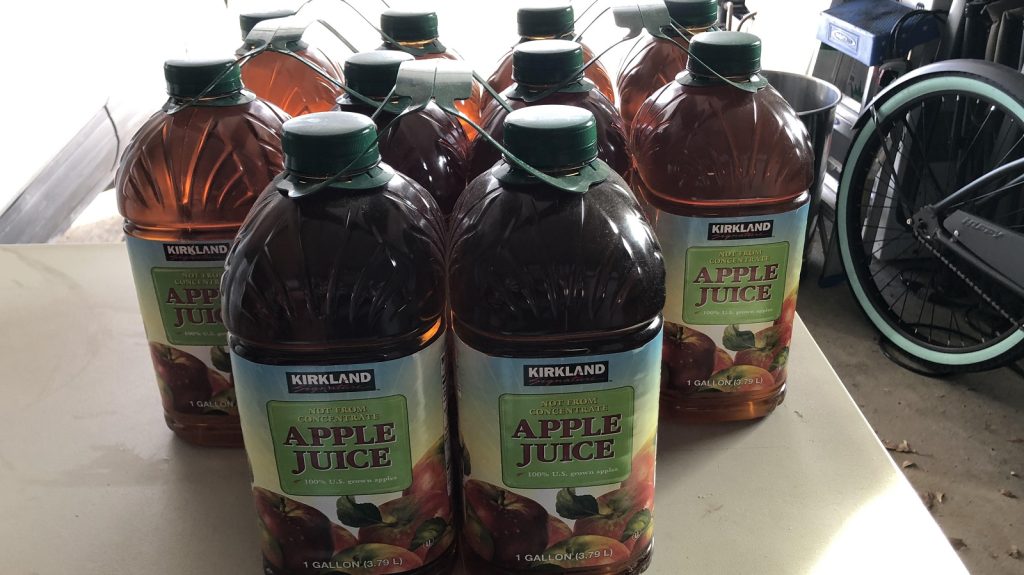
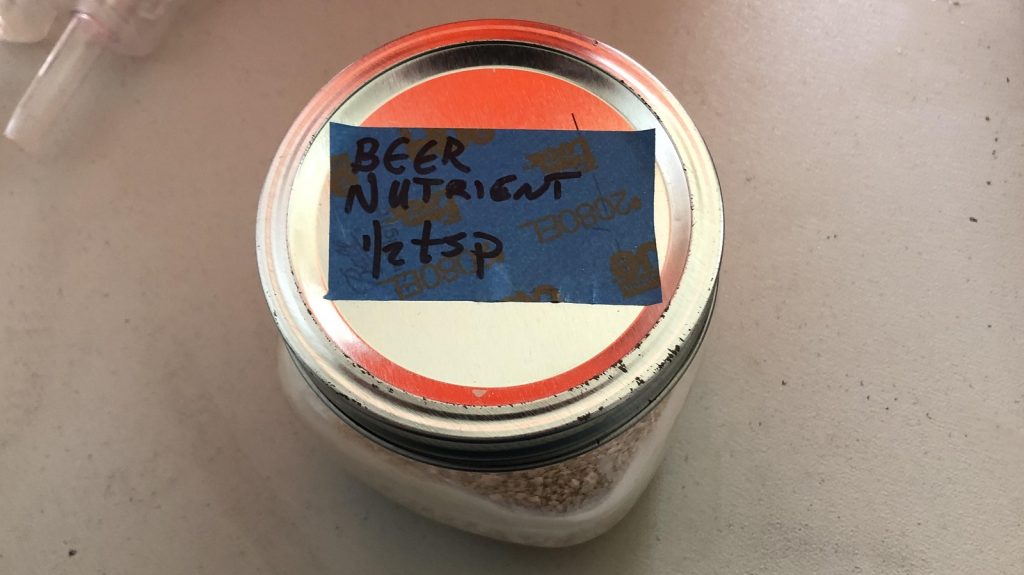
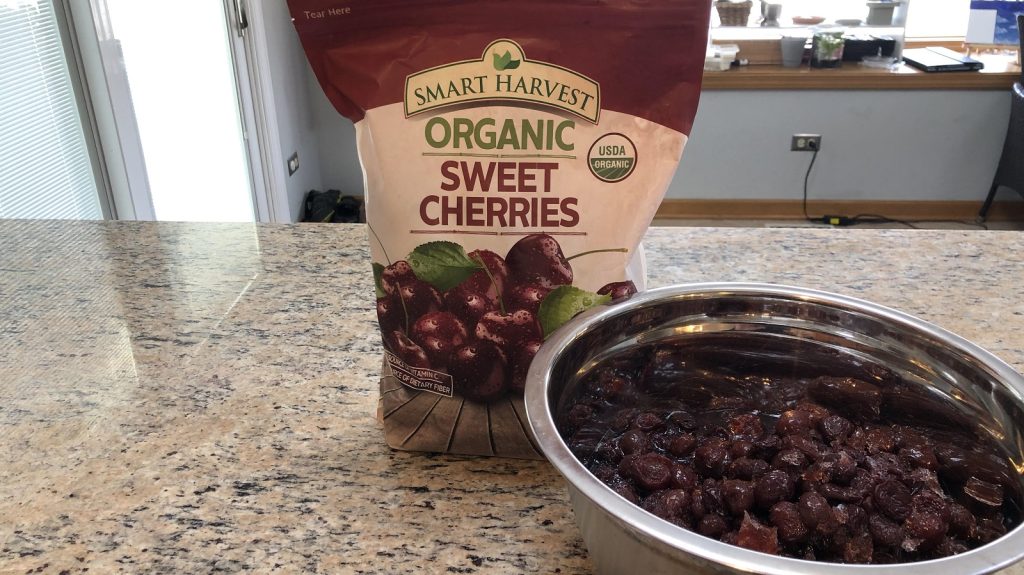
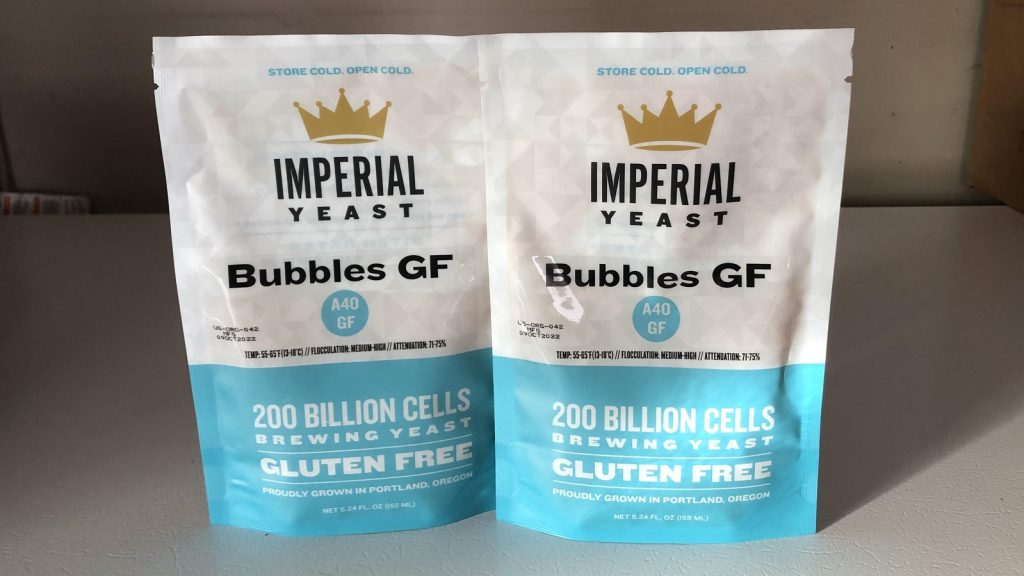
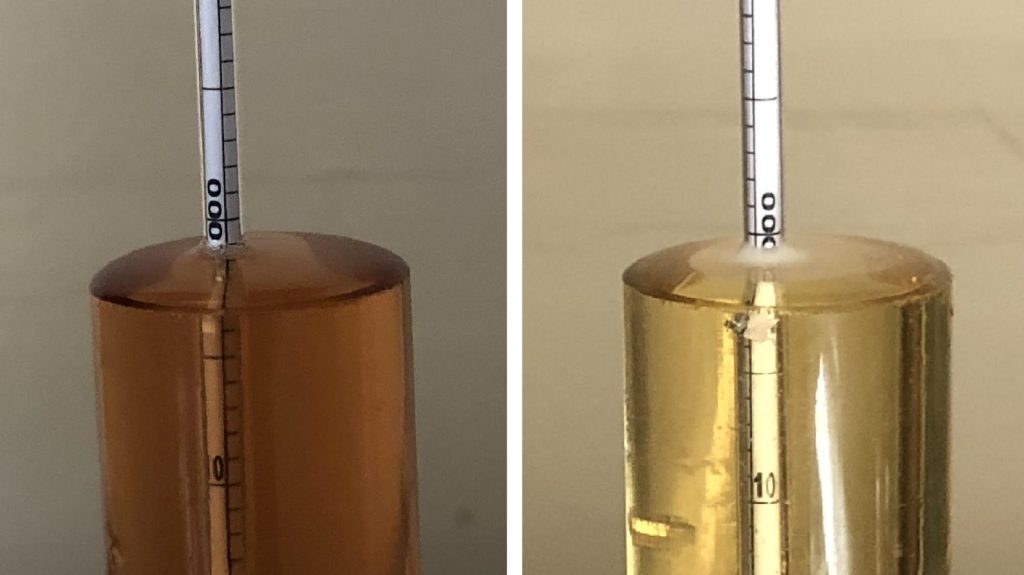
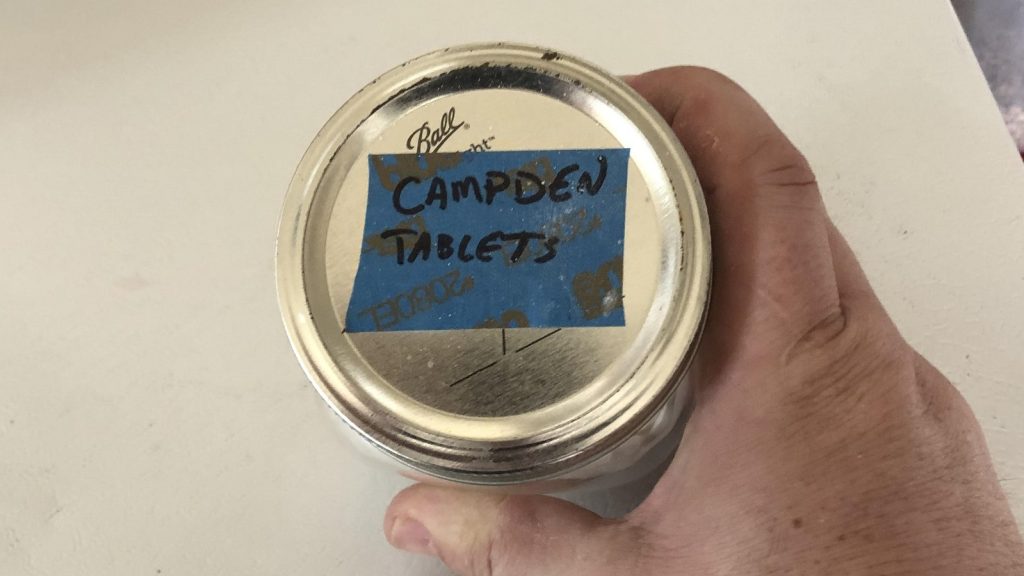
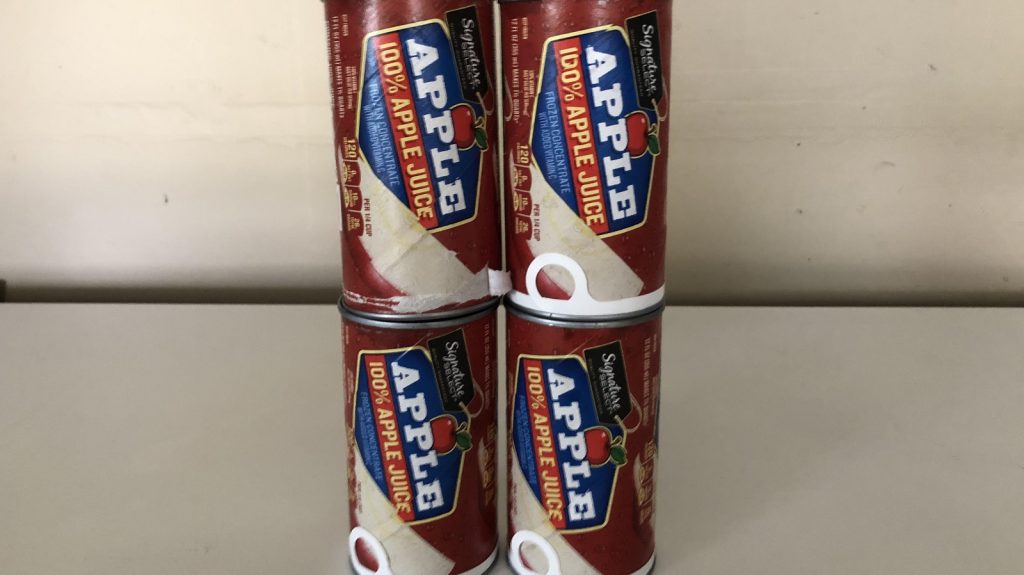











4 thoughts on “exBEERiment | Adding Fruit Before vs. After Fermentation In A Cherry Hard Cider”
I am a real fan of adding adjucts/flavors post fermentation to retain the delicate aromatics. When doing so, I taste the beer/cider/mead every few days and remove the adjuncts when the taste lets me know it’s time. In reading about your experience, perhaps the amount of fruit added post fermentation could have been reduced or removed sooner?
Interesting. I also thought adding post-fermentation retained more flavor and aroma. I like the color of the post-fermentation. Maybe split the 4 lbs between pre and post?
How did the cider lose do much color? They both fermented, after all… Color me surprised
If pre-fermentation fruit addition (“co-fermented”) is preferred, can you experiment with carbonic maceration to jump-start fruit fermentation?